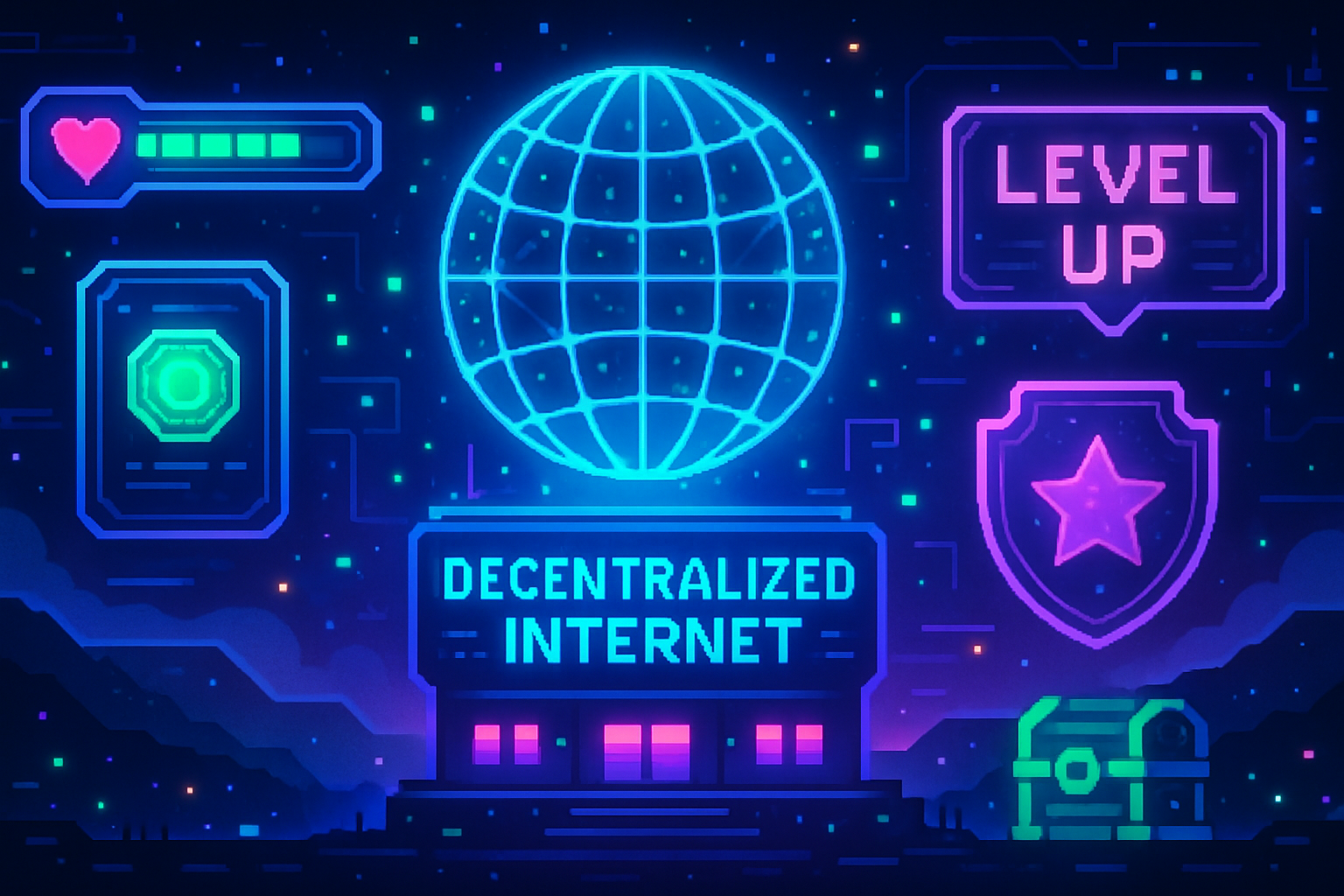
Crypto’s promise of decentralization and open finance has been complicated by a proliferation of blockchains, each with their own protocols, assets, and user interfaces. This rapid expansion has led to cross-chain fragmentation, making it difficult for users to manage assets and interact with decentralized applications (dApps) across disparate networks. Omniwallets are emerging as a transformative solution, aiming to unify the blockchain experience and reduce friction for both newcomers and seasoned crypto enthusiasts.

Understanding the Challenge: Cross-Chain Fragmentation
The rise of Layer 1 and Layer 2 networks has unlocked new possibilities for scalability but also created silos. Users often find themselves juggling multiple wallets, switching networks, and manually bridging assets – all of which introduces complexity, higher transaction costs, and security risks. Liquidity becomes scattered across chains, reducing capital efficiency and making DeFi participation less accessible.
This fragmentation isn’t just a user inconvenience; it’s a fundamental bottleneck for DeFi growth. Developers must deploy dApps on several chains to reach wider audiences, multiplying maintenance overhead while fragmenting their user base. As a result, the decentralized finance ecosystem struggles with interoperability at both the technical and UX levels.
Omniwallets: The Unified Interface for the Multi-Chain Era
Omniwallets are designed to abstract away these complexities by providing a single interface that connects with multiple blockchains. Users can manage all their digital assets, execute cross-chain swaps, and interact with dApps without ever leaving one dashboard or worrying about which network they’re on.
Recent developments highlight how omniwallets are rapidly evolving:
- Seamless Cross-Chain Swaps: Advanced integrations such as LI. FI allow omniwallets to bridge tokens across over 25 supported networks directly from within the wallet. This means users can swap assets efficiently without navigating third-party bridges or exchanges.
- Unified Liquidity Access: By aggregating liquidity from different chains, omniwallets solve one of DeFi’s biggest hurdles – fragmented liquidity pools. Solutions like Omni Network’s ‘Core’ mainnet are pioneering unified rollup ecosystems that let developers tap into broader user bases without redeploying contracts everywhere.
- Simplified User Experience: The best omniwallets handle technical details like gas management in the background. Users don’t need to manually bridge funds or switch RPC endpoints; they simply interact as if all blockchains were part of one seamless environment.
The Impact on Crypto Adoption and Developer Ecosystems
The adoption of omniwallet solutions is more than just a convenience upgrade – it’s fundamentally changing how people access decentralized finance. By minimizing onboarding friction and operational complexity, omniwallets lower barriers for new users while offering power tools for experienced traders.
This unification is already fostering greater liquidity flows between chains and enabling more efficient capital use across protocols. For developers, unified interfaces mean broader reach with less overhead; for users, it means crypto finally feels like one ecosystem rather than dozens of disconnected islands.
Omniwallets are also accelerating the convergence of DeFi and mainstream finance by making it easier for products and services to be built on top of multiple chains. White-label omniwallet solutions, like those from Steakwallet, empower projects to launch custom-branded wallets that leverage cross-chain interoperability out of the box. This not only enhances brand identity but also ensures users are never locked into a single network or ecosystem.
On the technical front, innovations like chain-abstracted smart accounts (as seen in Omni Account) use modular standards such as ERC-7579 to unify user balances across chains. This allows for intent-driven transaction flows, where users specify what they want to achieve (e. g. , “swap 1 ETH for USDC at best rate”) and the omniwallet routes the transaction across networks for optimal execution. As a result, users enjoy lower slippage, reduced fees, and fewer failed transactions.
Security remains a top priority as omniwallets evolve. Leading platforms combine non-custodial architecture with advanced encryption and multi-factor authentication to safeguard assets across all supported blockchains. Meta-currency support is also emerging, letting users interact with both crypto-native assets and tokenized representations of real-world value in one place.
What’s Next for Omniwallets?
The next wave of omniwallet innovation will likely focus on deeper integration with decentralized identity (DID), automated portfolio management, and support for new asset classes such as NFTs and RWAs (real-world assets). As rollup-centric designs mature and intent-based UX becomes standard, omniwallets will continue to blur the lines between chains, making cross-chain activity feel as natural as using a single blockchain today.
For developers, chain abstraction unlocks composability at an unprecedented scale. Building dApps that can tap into liquidity and user bases across all major networks without complex bridging logic represents a paradigm shift in protocol design. For users, this means more choice, better rates, and less risk of being stranded by network congestion or isolated liquidity pools.
The implications go beyond convenience: omniwallets are setting new standards for blockchain UX, making DeFi more accessible to everyone regardless of technical background. With frictionless onboarding, transparent fee structures, and robust security models, these wallets are poised to become the default gateway to Web3.
The fragmentation that once held back crypto adoption is being steadily dismantled by omniwallet innovation. As these solutions mature throughout 2025 and beyond, expect a more unified digital asset experience, one where users move capital freely across protocols without ever thinking about which chain they’re on.




